Situations like this can be frustrating and confusing. Is the card really dead? Can you fix it? Or is it something else entirely? What do you do when your graphics card dies and you can't afford a new one? These are the questions many people ask.
This guide will provide you with failing graphics card signs. We will help you understand what happens when a graphics card starts to fail and how to check if it’s really the problem, as well.
In this article
Part 1: Understanding the Signs of Video Card Failure

Your graphics card can show several warning signs before it completely stops working. Ignoring these early symptoms may lead to system crashes, permanent hardware failure. Worse, it can even lead to data loss. It’s important to recognize the signs early and understand what causes the issue. This way, you can prevent the failing graphics card from getting worse.
Common Signs and Symptoms of Graphics Card Failure
- Screen Glitches and Artifacts. Do you see strange patterns, flickering colors, or lines across the screen? These glitches often appear when the GPU can’t render graphics properly. Artifacts usually show up during games or video playback and indicate serious hardware issues.
- Frequent Crashes and Freezing. If your computer crashes or freezes when performing tasks that involve graphics, your GPU might be struggling. These issues often happen while gaming, editing videos, or even watching high-resolution content.
- Screen Flickering or Black Screens. Sometimes the screen may flicker or turn black for a few seconds. It might come back on its own or stay dark until you restart your computer. This is often a sign that the graphics card is unstable or failing to maintain a consistent signal.
- Loud Fan Noises. Is your GPU making more noise than usual? A failing graphics card might run hotter than normal, causing the fans to work harder. This could be due to internal damage or failing cooling systems.
- Driver Crashes or Errors. If your system regularly shows errors related to display drivers or forces a restart to fix GPU issues, it’s often related to hardware malfunction. Drivers can crash when the graphics card becomes unstable or unresponsive.
- Poor Performance in Games and Videos. Notice your games running slower, or videos stuttering even though your hardware should be able to handle them? This could mean the GPU isn’t processing visual data correctly anymore.
- Failure to Detect the GPU. Sometimes your PC won’t detect the graphics card at all. You might see an error during startup, or the device might not appear in the system settings. This is a serious warning that the GPU could be dead or disconnected.
Part 2: 4 Methods to Fix or Diagnose a Failing Graphics Card
If you suspect your graphics card is failing, there are several ways to check and possibly fix the issue. These methods can help you figure out whether the card is broken or if something else is causing the problem.
Method 1. Checking Connections and Reseating the Card
Sometimes the issue is as simple as a loose connection. Dust or improper seating can prevent the card from making a solid connection to the motherboard. Reseating the card can help restore a stable connection and eliminate display errors.
Step 1. Make sure the computer is turned off, then pull out the power cable.
Step 2. Remove the side panel and find the graphics card inside.
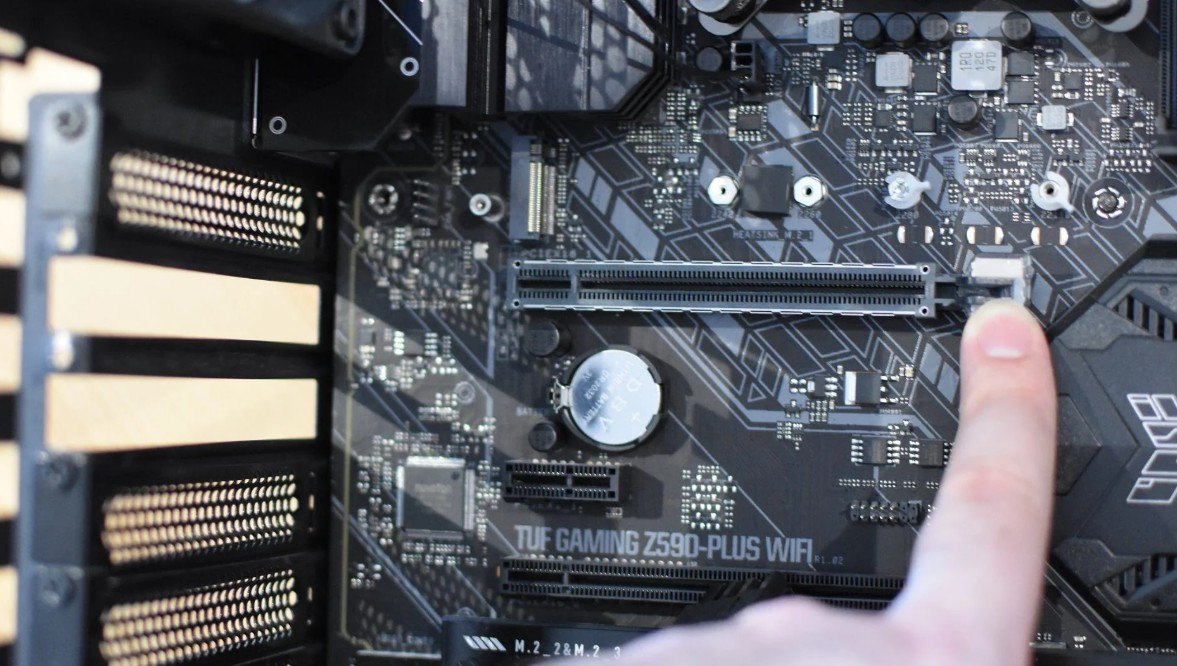
Step 3. Carefully remove the card from the PCIe slot.
Step 4. Check for dust or damage on the card and slot.
Step 5. Reseat the card firmly back into the same slot.
Step 6. Reconnect any power cables to the GPU.
Step 7. Close the case, plug in your PC, and turn it on.
Method 2. Updating or Reinstalling Graphics Drivers
If your driver is outdated or corrupted, your system won’t work properly with the GPU. A clean driver installation often helps resolve display issues. It can also prevent crashes caused by software conflicts.
Step 1. Press Win + X and select Device Manager.

Step 2. Expand Display adapters, right-click your GPU, and select Update driver.
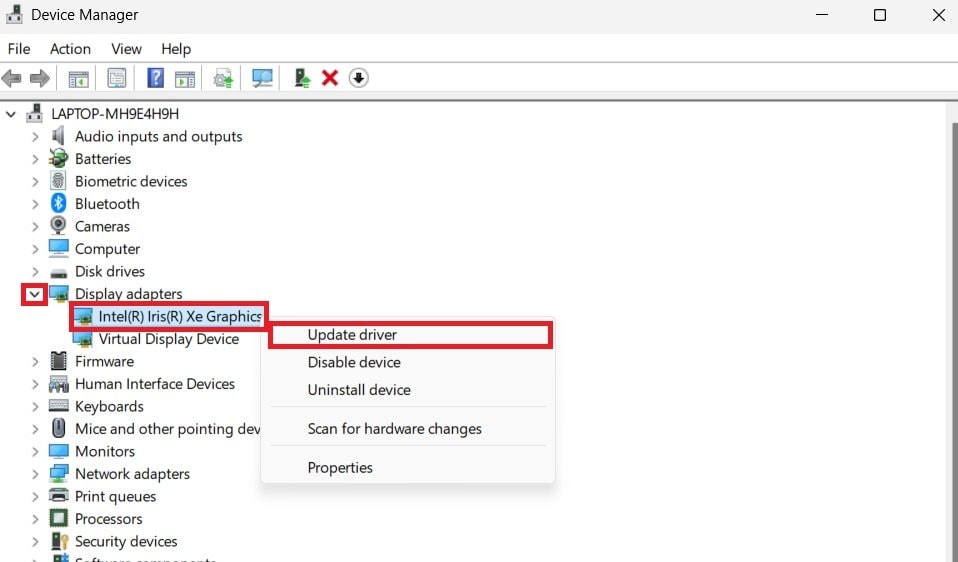
Step 3. Choose Search automatically for drivers to update.
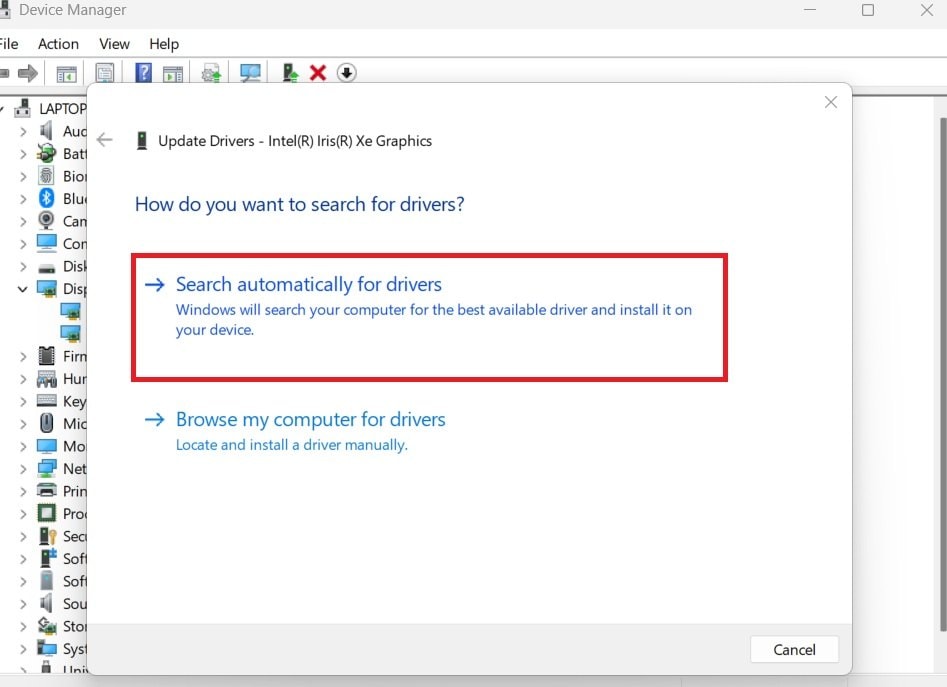
Step 4. Restart your computer.
Step 5. Download and install the latest driver from the GPU manufacturer’s website (NVIDIA, AMD, or Intel).
Method 3. Monitoring Temperatures and Cleaning Dust
Excess heat may force the GPU to limit performance or even fail mid-task. Using monitoring tools to check the temperature helps you see if it’s running too hot. If temperatures are high, cleaning out dust from fans and heatsinks can improve airflow and cool down the card.
Step 1. Install a temperature monitoring tool like HWMonitor.

Step 2. Open the software and check if GPU temperatures are above 85°C while idle or under load. If so, turn off your PC and unplug it.
Step 3. Open the case and use compressed air to blow dust off the GPU, fans, and heatsinks. Make sure airflow in the case is clear and fans are working properly.
Step 4. Close the case and monitor temps again.
Method 4. Testing with Another GPU to Confirm the issue
Are you still unsure whether your graphics card is the problem, swapping in a different GPU can help. If the replacement card works fine, it confirms your original GPU is likely faulty. This suggests that the GPU needs repair or replacement.
Step 1. Power off your PC and unplug it.
Step 2. Remove your current graphics card.
Step 3. Insert a working graphics card into the same PCIe slot.
Step 4. Reconnect any necessary power cables.
Step 5. Start your PC and check if the display works and the system is stable. If the new GPU works fine, your original graphics card is likely faulty.
Part 3: Dealing with Video Corruption Due to a Failing Graphics Card
When a graphics card fails or crashes during a video rendering or playback session, it can leave your files damaged or incomplete. This corruption may cause videos to stutter, lose audio, or refuse to open at all. If this happens, don’t panic. There’s still a way to fix those videos.
Repairit Video Repair is a reliable tool designed to repair corrupted or damaged video files. It is particular with those caused by GPU crashes, interruptions, or software issues.Key Features of Repairit Video Repair to Fix Issues from Graphics Card Failures
- Repairs corrupted videos caused by system crashes or incomplete saves.
- Supports popular formats like MP4, MOV, AVI, and more.
- Fixes playback issues like choppy motion, missing audio, or black screens.
- Allows batch repair, so you can fix several broken files at once.
- Works with videos from PCs, cameras, phones, and other devices.
Step 1. Open Repairit on your computer.
Step 2. Click +Add to import the corrupted video files caused by graphics card failure.
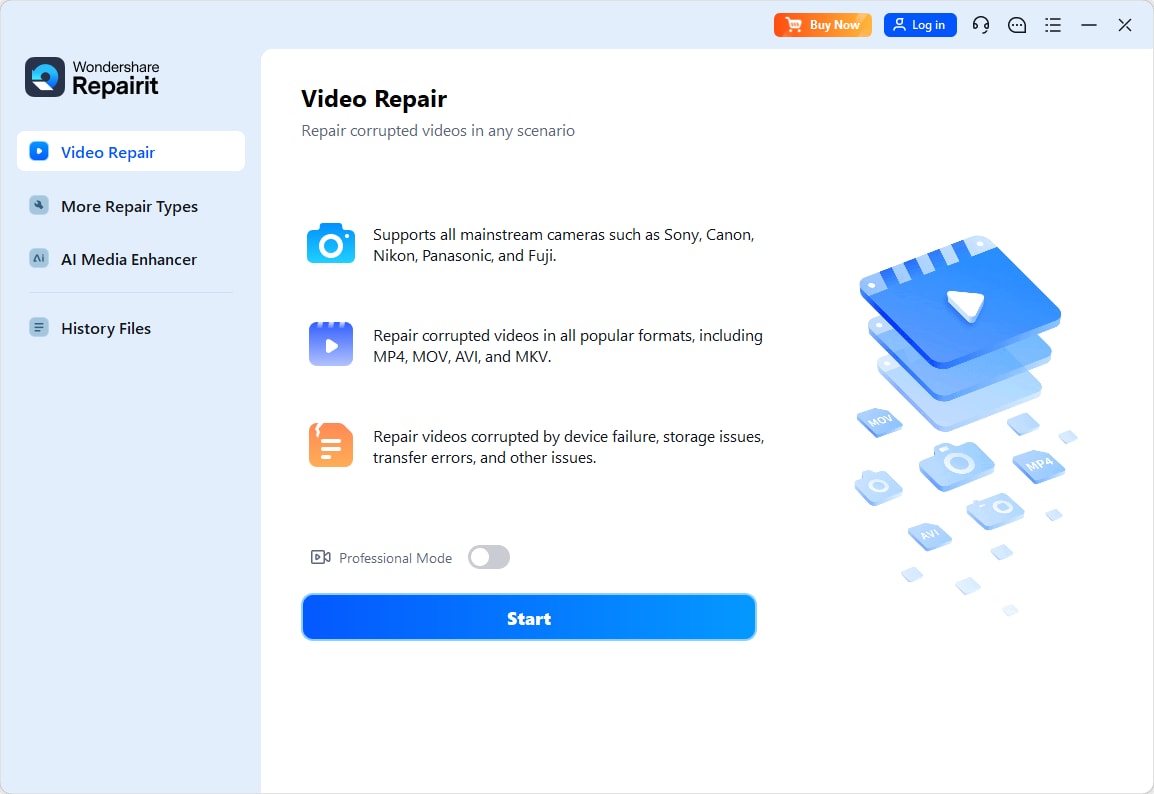
Step 3. Press Repair to start fixing the selected videos.
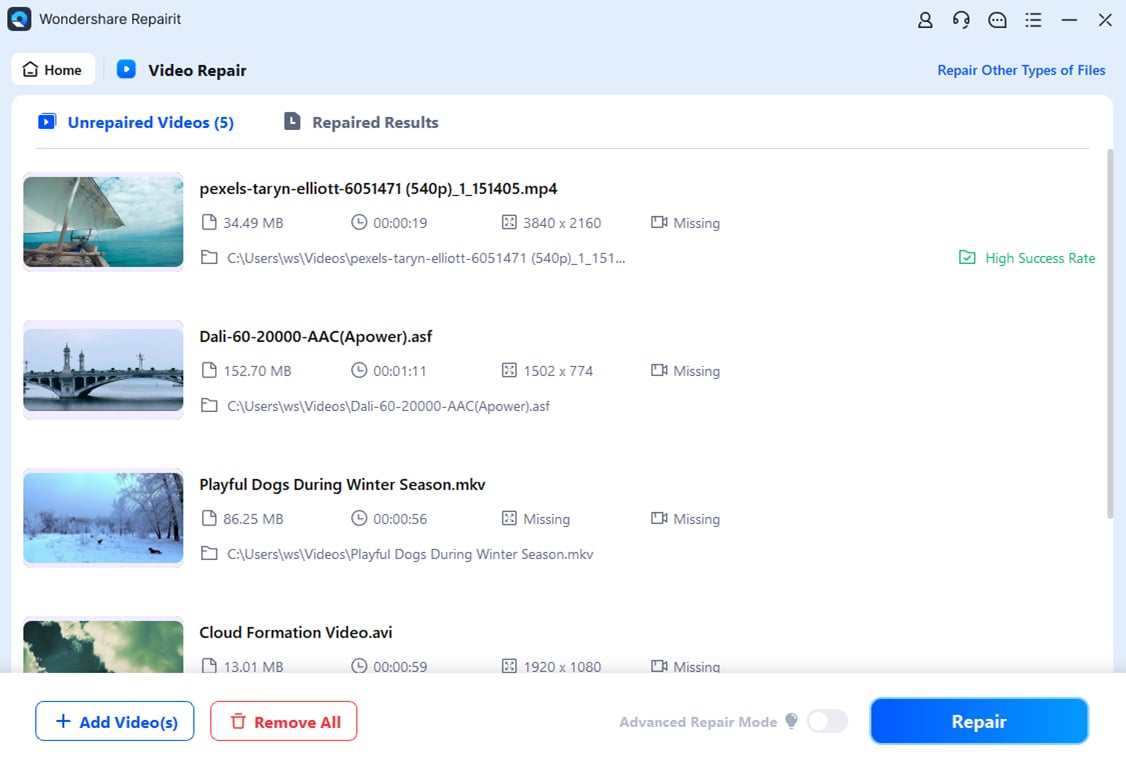
Step 4. Preview the repaired videos if the process is done. Click Save to export the repaired videos once you are satisfied with the results.
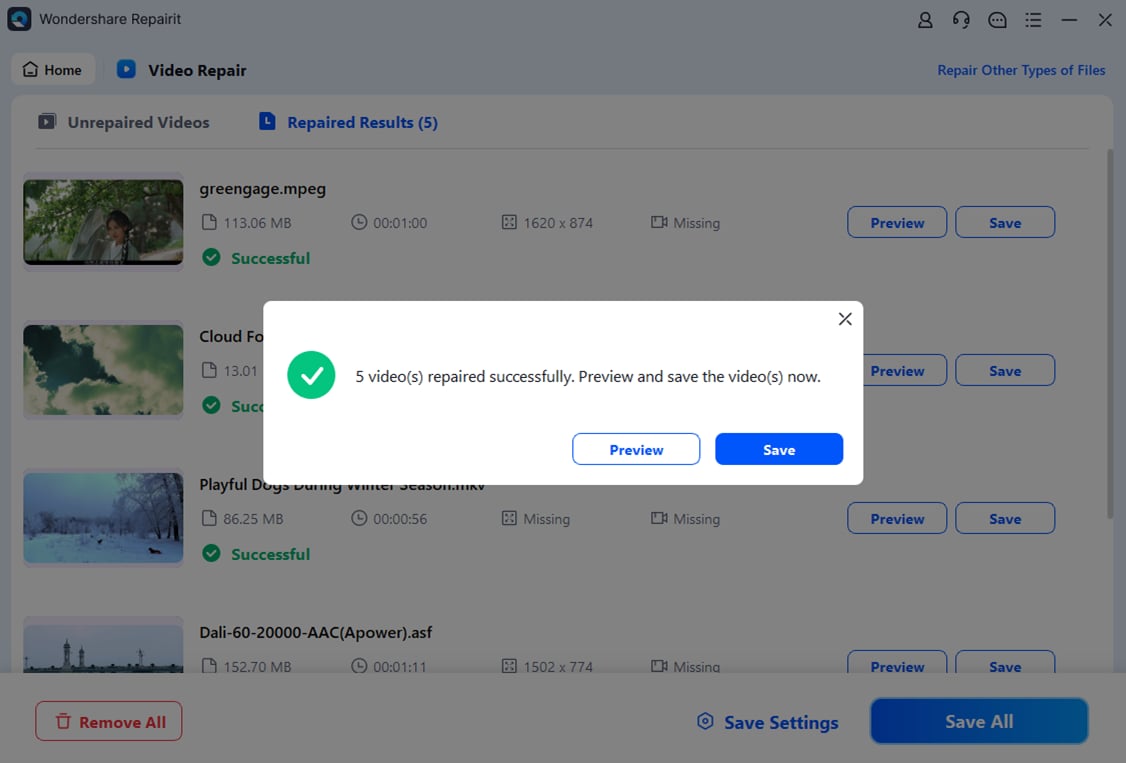
Dealing with Video Corruption Due to a Failing Graphics Card

Conclusion
A graphic card failure can cause serious issues. Not just with performance, but also with data integrity. By learning the signs early, understanding the causes, and knowing how to fix it, you can protect your system. You can avoid more damage. And if video files become corrupted along the way, using a tool like Repairit Video Repair can help you restore them with ease.
Is your GPU acting up? Keep this guide handy and tackle the problem before it gets worse.
FAQ
How hot is too hot for a graphics card?
Most GPUs should stay below 85°C when running games or demanding apps. If your card often hits 90°C or more, it's too hot and may slowly get damaged. Heat can wear down parts inside the card. You might notice fan noise, slower performance, or sudden shutdowns. To fix this, check your case airflow, clean out dust, and make sure your GPU fan is spinning normally.Can a failing GPU corrupt video files?
Yes, a weak or failing GPU can damage video files. This usually happens when the card crashes or freezes while you're recording or editing. The video might stop partway, not open at all, or show weird colors and broken frames. If your GPU keeps crashing, avoid working on important videos until it's fixed. If your files are already broken, Repairit Video Repair can help bring them back.How long do graphics cards usually last?
A good graphics card can last around 5 to 8 years. But it depends on how much stress it's under. If you play high-end games daily or run 3D software for work, it may wear out faster. Cards used in hot or dusty setups also tend to die sooner. Keeping your PC clean, avoiding extreme heat, and using a reliable power supply all help your GPU stay healthy for longer.<

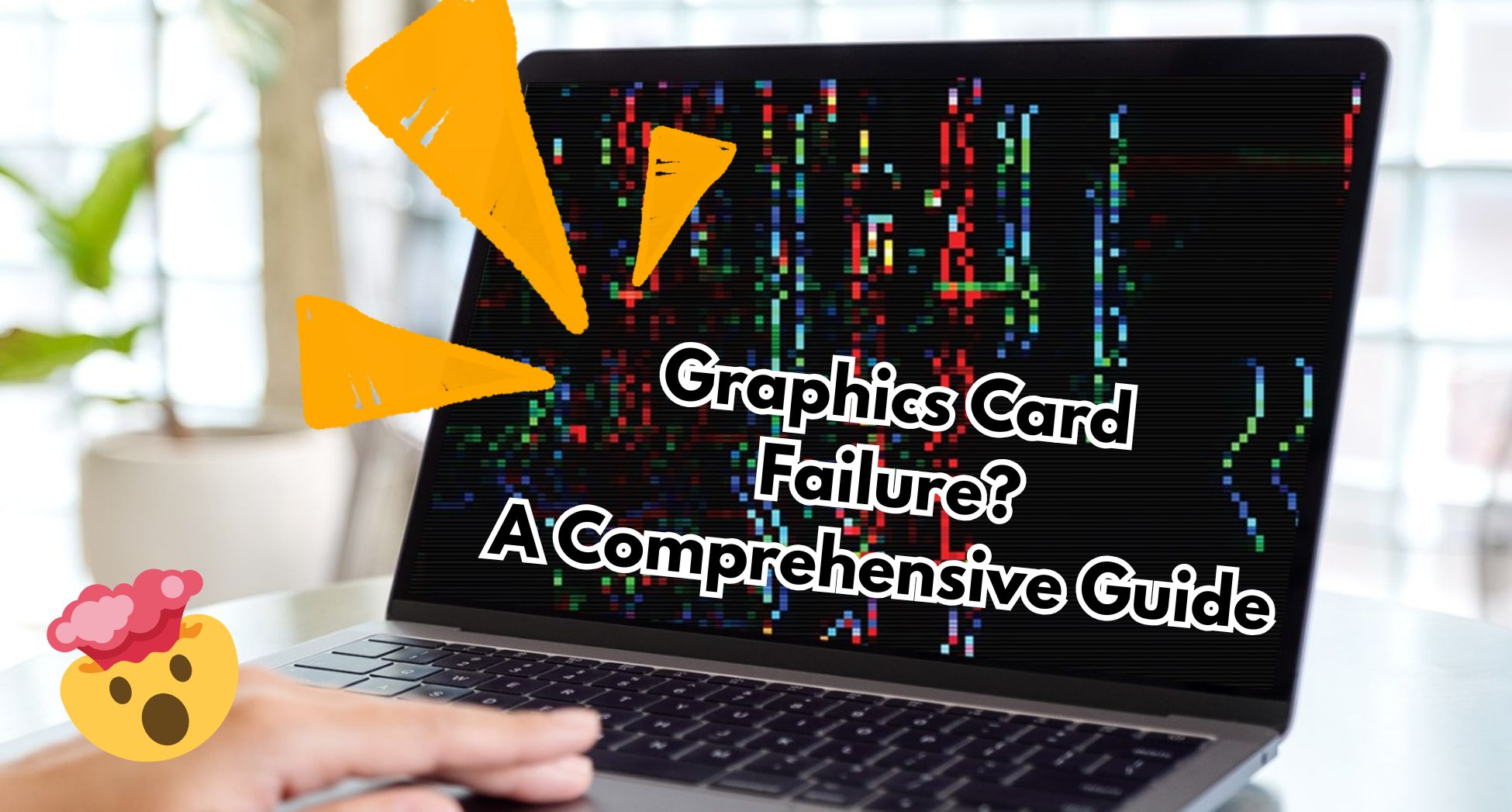
 ChatGPT
ChatGPT
 Perplexity
Perplexity
 Google AI Mode
Google AI Mode
 Grok
Grok

